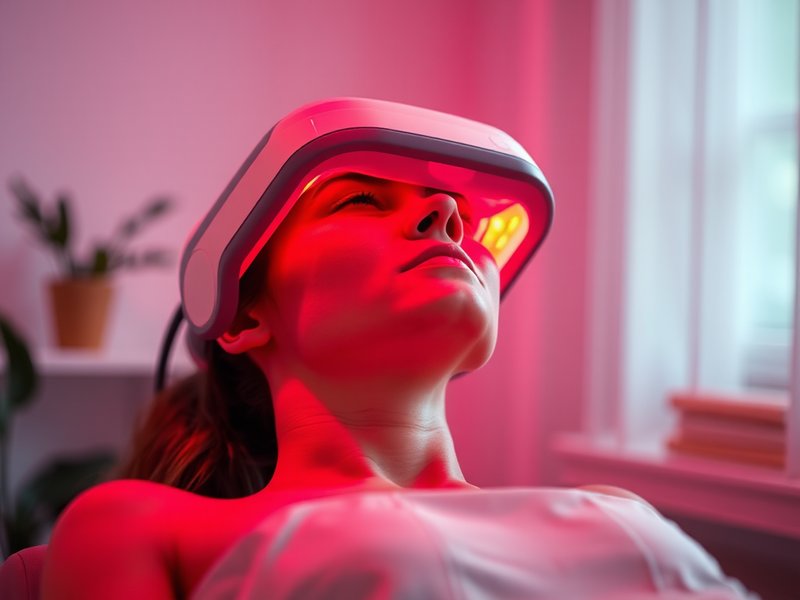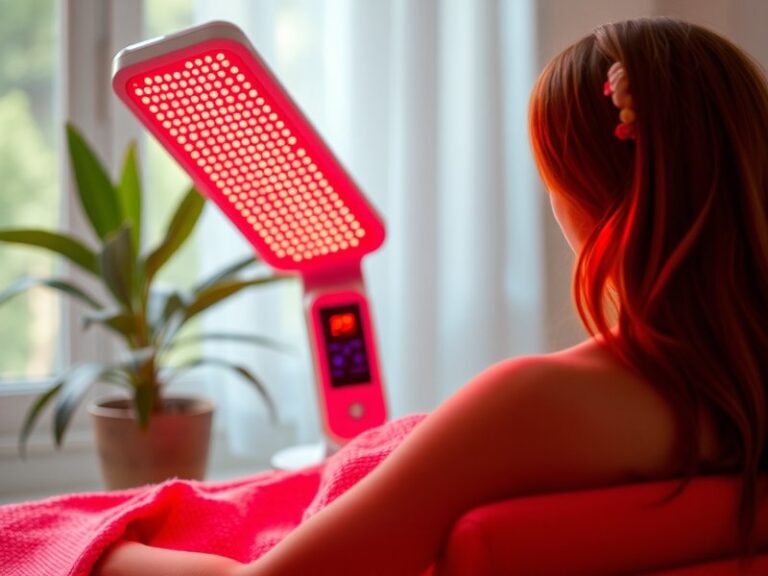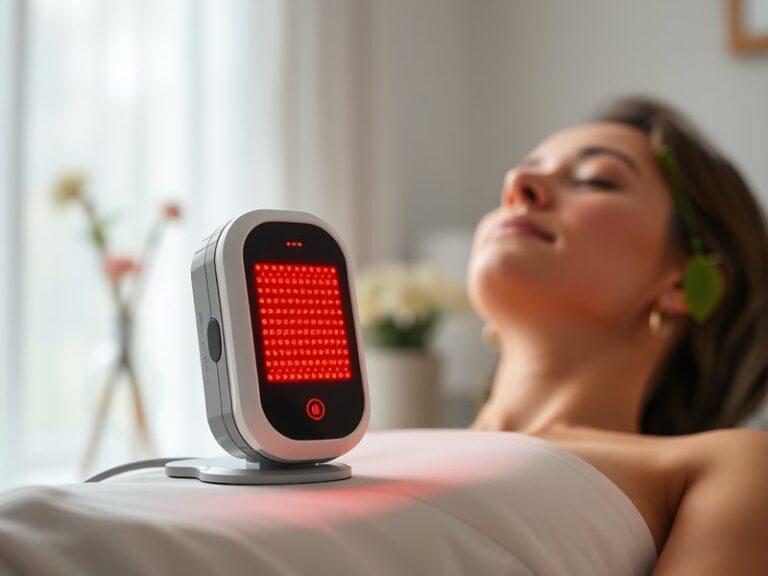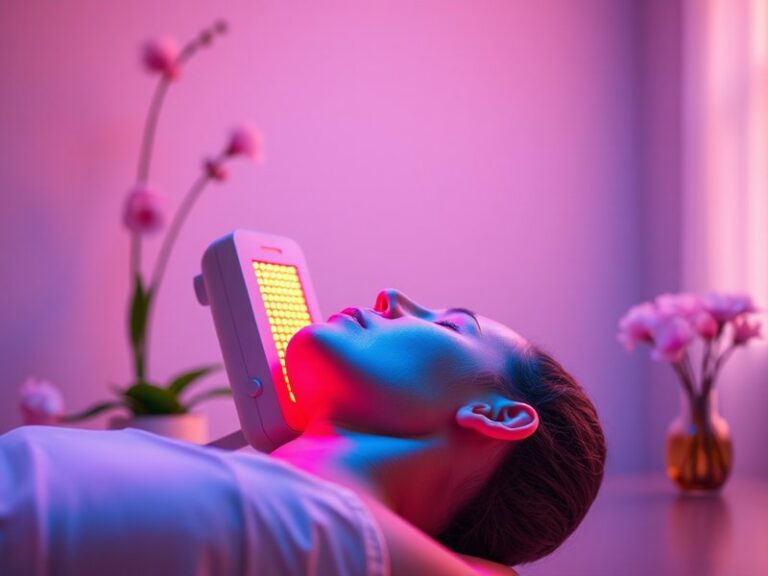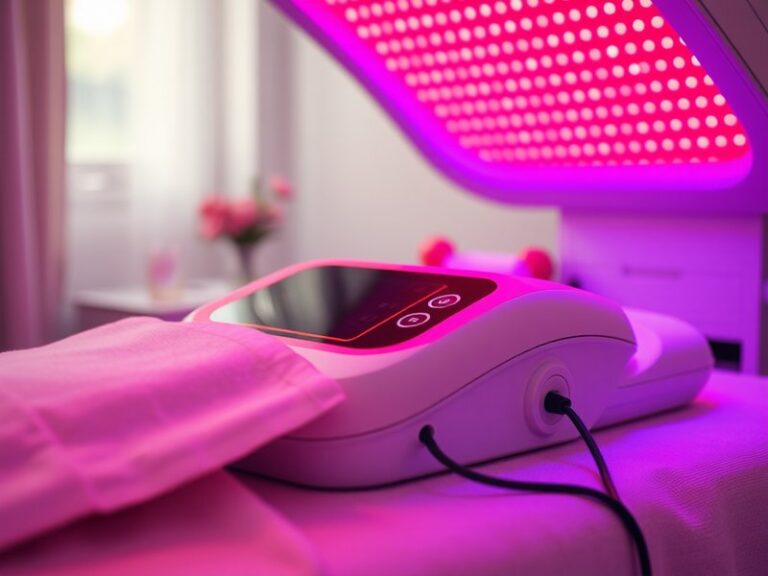Does Insurance Pay For Red Light Therapy?
Does Insurance Pay For Red Light Therapy?
Are you considering red light therapy for rejuvenation or pain relief? You might be wondering if your insurance will help cover the costs.
This article will delve into the topic of red light therapy, its benefits, the potential for insurance coverage, and alternatives to consider. By the end, you’ll have a well-rounded understanding of whether insurance might support your choice in utilizing this therapy and what factors to consider as you make your decision.
Key Takeaways
- Insurance coverage for red light therapy varies widely by provider and individual plan.
- The therapy has numerous potential benefits, including skin improvement and pain relief.
- Understanding costs, alternatives, and considerations is essential for making informed decisions.
What is Red Light Therapy?
Red light therapy (RLT) is a non-invasive treatment that utilizes low-wavelength red light to promote healing and rejuvenation at the cellular level. It’s commonly used for skin care, reducing inflammation, and pain management.
The technique is based on the premise that certain wavelengths of light can penetrate the skin and stimulate various biological processes. RLT is often administered through various devices, ranging from professional-grade machines found in clinics to handheld home devices.
See the full explanation Are Red Light Bulbs Like Red Light Therapy?
Types of Red Light Therapy
There are different forms of red light therapy, including:
- Laser Therapy: Utilizes focused laser beams for targeting specific areas.
- LED Therapy: Employs light-emitting diodes for broader application and can be used at home.
- Cold Laser Therapy: A type of laser treatment that is non-thermal, promoting healing without damaging tissues.
What are the Benefits of Red Light Therapy?
Red light therapy offers various advantages that extend beyond aesthetic improvements. The following points highlight some key benefits.
Get the whole scoop Can Red Light Therapy Whiten Skin?
Skin Health Improvement
RLT is popular for its anti-aging effects. Studies have shown it can increase collagen production, reduce wrinkles, and improve skin texture.
Pain Relief and Healing
Many patients report reduced muscle and joint pain following RLT sessions. It is often used in treating conditions such as arthritis, tendonitis, and general inflammation.
Enhanced Athletic Performance and Recovery
Athletes utilize red light therapy to boost performance and accelerate muscle recovery. Research indicates it can reduce delayed onset muscle soreness after intensive workouts.
Improvement of Mood and Sleep Quality
Some evidence suggests RLT can positively affect mood, potentially lessening symptoms of depression and improving sleep quality by regulating circadian rhythms.
Is it Possible to Get Insurance Coverage for Red Light Therapy?
The feasibility of obtaining insurance coverage for red light therapy significantly depends on various factors, including the patient’s medical condition, treatment type, and insurance provider.
Insurance companies tend to regard therapies differently based on their classification—some may consider RLT experimental, while others may offer partial coverage if it is used for specific medical conditions.
What are the Advantages of Getting Insurance Coverage?
Insurance coverage can substantially reduce out-of-pocket costs associated with red light therapy, making it more accessible for patients in need of treatment.
What are the Disadvantages of Getting Insurance Coverage?
Potential downsides include the lengthy process required to seek approval, which may involve documentation and a thorough justification from a healthcare provider regarding the necessity of treatment.
What are the Things to Consider Before Seeking Insurance Coverage for Red Light Therapy?
Before pursuing insurance for red light therapy, it’s critical to consider the following factors.
Understanding Your Insurance Plan
Review your insurance policy carefully. Understand what is covered under your plan, especially concerning alternative therapies like RLT.
Consulting with a Healthcare Provider
A physician’s recommendation may be necessary for your insurance to consider coverage. Discuss your options and the potential need for documentation.
Cost vs. Benefit Analysis
Consider the overall costs of therapy against the potential benefits. Assess whether the investment is worthwhile in improving your health and well-being.
What are the Alternatives to Red Light Therapy?
If red light therapy isn’t covered by insurance or doesn’t suit your needs, several alternatives exist.
Cold Therapy
Cryotherapy is used to reduce inflammation and pain through extreme cold exposure. It can be effective for muscle recovery and joint pain.
Ultrasound Therapy
Ultrasound therapy employs sound waves to promote healing in tissues. It is commonly used for muscle and joint injuries, providing deep heating to alleviate pain.
Physical Therapy
Physical therapy involves guided exercises and treatments administered by licensed professionals, effectively addressing a variety of physical conditions.
Acupuncture
This traditional Chinese medicine practice uses needles to stimulate specific points on the body, which may help reduce pain and promote recovery.
Conclusion: Is it Recommended to Seek Insurance Coverage for Red Light Therapy?
In summary, insurance coverage for red light therapy can be complex and varies significantly between providers. Patients should weigh the benefits and drawbacks of seeking coverage against their individual needs and financial situations. Consulting with both your healthcare provider and insurance representative will be crucial steps in determining the best course of action.
Frequently Asked Questions
Will all insurance providers cover red light therapy?
Not all insurance providers cover red light therapy, as policies differ. It’s important to check with your specific provider for details.
What conditions might red light therapy be covered for?
Coverage may be more likely for conditions such as chronic pain, arthritis, or debilitating skin conditions, but this varies widely.
Can I use red light therapy at home?
Yes, many devices are available for home use, but their effectiveness can vary compared to professional treatments.
What should I discuss with my healthcare provider regarding RLT?
Discuss your reasons for considering RLT, any underlying conditions, and ask whether they feel a referral for insurance purposes is appropriate.
Are there serious side effects associated with red light therapy?
Red light therapy is generally safe with minimal side effects. However, individuals should consult a healthcare provider before starting treatment, especially those with skin sensitivities.
